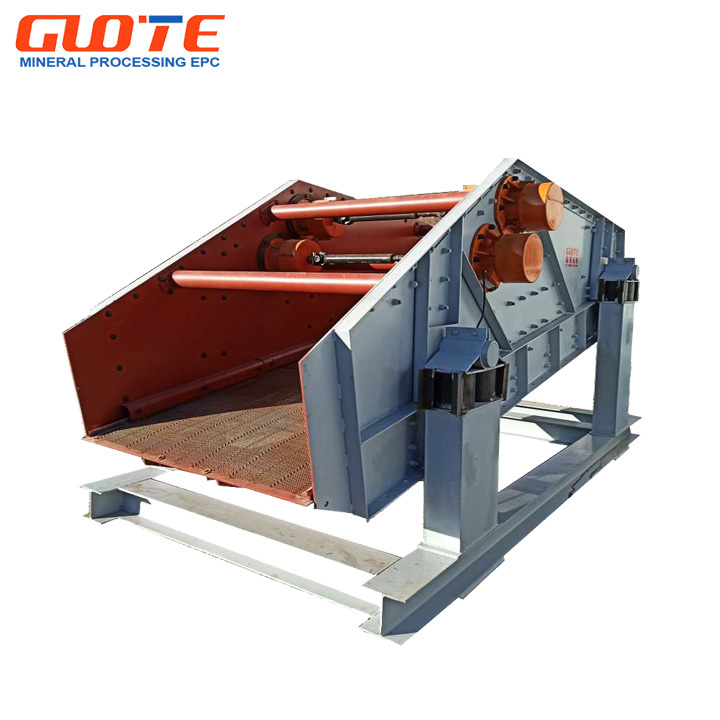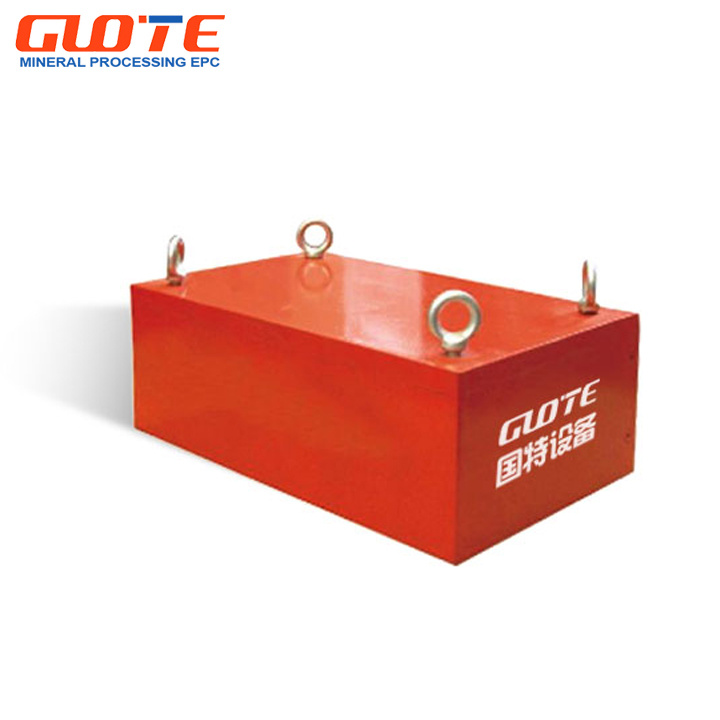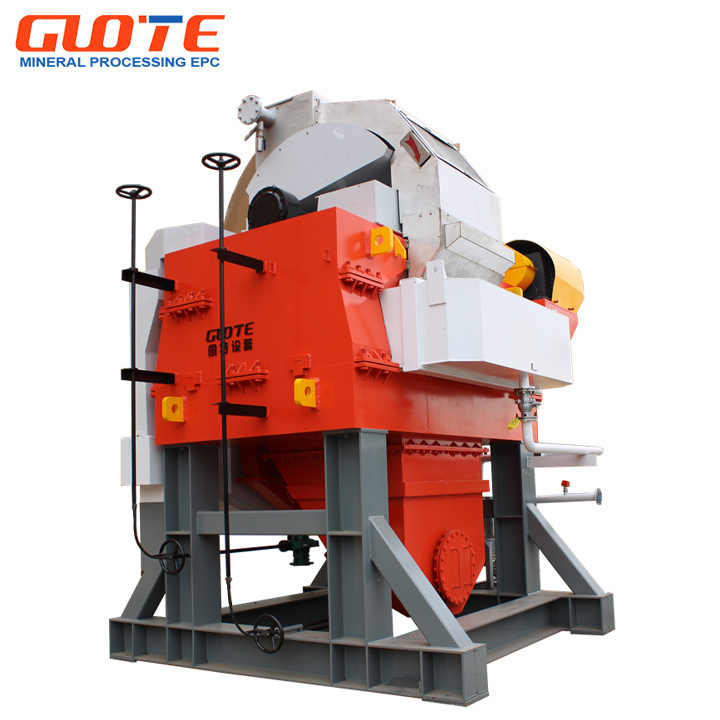Transform Your Production with a Durable Wet Type Glass Sand Processing Line
Transform Your Production with a Durable Wet Type Glass Sand Processing Line
In the competitive world of manufacturing and processing, efficiency and product quality are paramount. One of the most revolutionary advancements in the industry is the **wet type glass sand processing line**. This innovative technology not only streamlines production but also significantly enhances the quality of the final product. In this article, we will explore the various aspects of a wet type glass sand processing line, its benefits, components, and how it can transform your manufacturing operations.
Table of Contents
- 1. Introduction to Wet Type Glass Sand Processing
- 2. Benefits of Using a Wet Type Glass Sand Processing Line
- 3. Key Components of the Wet Type Glass Sand Processing Line
- 4. How the Wet Type Process Works
- 5. Applications of Wet Type Glass Sand Processing
- 6. Maintenance and Care for Your Processing Line
- 7. Case Studies: Success Stories in Wet Type Processing
- 8. Frequently Asked Questions
- 9. Conclusion
1. Introduction to Wet Type Glass Sand Processing
The **wet type glass sand processing line** is designed to enhance the efficiency of glass manufacturing by utilizing water during the sand washing and processing stages. Unlike traditional dry processing methods, wet processing captures and removes impurities more effectively, resulting in higher-quality glass sand. This innovative approach not only optimizes production but also minimizes environmental impact by reducing dust emissions and water waste.
2. Benefits of Using a Wet Type Glass Sand Processing Line
2.1 Enhanced Product Quality
One of the primary benefits of a wet type processing line is the **enhanced quality** of the final product. By using water as a medium, this method effectively removes impurities, such as clay and silt, resulting in cleaner and purer glass sand. The consistency in product quality is vital for manufacturers aiming to meet stringent industry standards.
2.2 Increased Operational Efficiency
Wet processing lines can achieve a higher throughput than their dry counterparts. The combination of water and specialized equipment allows for faster processing times, enabling manufacturers to increase production without compromising quality. This speed is crucial in meeting market demands and optimizing overall productivity.
2.3 Environmental Benefits
Utilizing a wet type processing line significantly reduces dust emissions, contributing to a cleaner work environment and lower regulatory compliance costs. Furthermore, the water used in the process can often be recycled, reducing overall water consumption and minimizing environmental impact.
3. Key Components of the Wet Type Glass Sand Processing Line
3.1 Sand Washer
The **sand washer** is a critical component of the wet type glass sand processing line. It is designed to remove impurities through a combination of agitation and water flow. Various types of washers, such as spiral and bucket washers, can be employed depending on the specific requirements of the production process.
3.2 Hydrocyclone Separator
The **hydrocyclone separator** is an essential part of the system that separates sand from finer particles and impurities. By utilizing centrifugal force, it efficiently segregates materials based on size and density, ensuring that only the highest quality sand moves on to the next stage of processing.
3.3 Dewatering Screen
After washing and separation, the sand must be **dewatered** to achieve the desired moisture content. Dewatering screens use vibrations to shake off excess water, preparing the sand for further processing or packaging. This component plays a vital role in ensuring that the final product meets specifications for moisture content.
4. How the Wet Type Process Works
The wet type glass sand processing line operates through a series of systematic steps:
4.1 Sand Feeding
The process begins with **feeding** raw sand into the system. This is often done using conveyor belts that ensure a steady and controlled flow of material.
4.2 Washing and Separation
Raw sand is then sent to the sand washer, where it is thoroughly washed with water. The **hydrocyclone separator** follows, where the sand is separated from impurities based on size and density.
4.3 Dewatering
Once the sand is clean, it moves to the dewatering screen, where excess moisture is removed. This step ensures that the sand is in the right condition for further processing or immediate packaging.
4.4 Final Product Packaging
The final step involves packaging the processed sand, which can be sold directly to manufacturers or stored for future use. The entire process ensures that the sand meets industry quality standards and specifications.
5. Applications of Wet Type Glass Sand Processing
The versatility of wet type glass sand processing lines allows them to serve various applications:
5.1 Construction Industry
Processed glass sand can be used in the construction industry for producing concrete, mortar, and other building materials. The purity and quality of the sand enhance the overall performance of construction products.
5.2 Glass Manufacturing
As the name suggests, the primary application is in glass manufacturing. The clean, high-quality sand produced through wet processing is essential for creating glass products, including bottles, windows, and fiberglass.
5.3 Sandblasting and Abrasives
Processed glass sand is also utilized in sandblasting applications and as an abrasive material for various industrial processes. Its fine texture and purity make it an ideal choice for these purposes.
6. Maintenance and Care for Your Processing Line
To ensure optimal performance and longevity of the wet type glass sand processing line, routine maintenance is crucial:
6.1 Regular Inspections
Conduct regular inspections of all components to identify wear and tear. This proactive approach helps in addressing potential issues before they escalate into significant problems.
6.2 Cleaning and Lubrication
Keep the equipment clean and well-lubricated. Dust and debris can hinder performance and lead to premature wear. Regular cleaning routines and lubrication can significantly extend the lifespan of your processing line.
6.3 Operator Training
Invest in training your operators to understand the systems and best practices. Knowledgeable operators can troubleshoot minor issues and operate the machinery more efficiently, reducing downtime.
7. Case Studies: Success Stories in Wet Type Processing
Numerous companies have transformed their production processes by adopting wet type glass sand processing lines. Here are a few case studies:
7.1 Company A: Increased Production Efficiency
Company A, a medium-sized glass manufacturer, implemented a wet type processing line and saw a **30% increase in production efficiency** within the first six months. By reducing downtime and improving product quality, they were able to meet growing customer demands more effectively.
7.2 Company B: Environmental Compliance
Company B focused on minimizing its environmental footprint. After switching to a wet type processing line, they reported a **significant reduction in dust emissions**, allowing them to comply with stricter environmental regulations and enhance their corporate responsibility image.
8. Frequently Asked Questions
8.1 What is a wet type glass sand processing line?
A wet type glass sand processing line is a manufacturing system that uses water to wash and process sand, removing impurities and producing high-quality glass sand.
8.2 How does wet processing improve product quality?
Wet processing effectively removes contaminants and impurities from sand, resulting in cleaner products that meet higher industry standards.
8.3 What are the key components of a wet type processing line?
Key components include a sand washer, hydrocyclone separator, and dewatering screen, each playing a crucial role in the processing of glass sand.
8.4 What maintenance does a wet type processing line require?
Regular inspections, cleaning, lubrication, and operator training are essential for maintaining an efficient and long-lasting processing line.
8.5 What industries benefit from wet type glass sand processing?
The construction, glass manufacturing, and abrasive material industries benefit from wet type glass sand processing, utilizing the high-quality sand produced for various applications.
9. Conclusion
The adoption of a **durable wet type glass sand processing line** can dramatically transform your production capabilities. From enhancing product quality and operational efficiency to providing environmental benefits, the advantages of wet processing are undeniable. By understanding the components, workings, and applications of this innovative technology, you can take significant steps toward optimizing your manufacturing process and staying competitive in the ever-evolving industry landscape. Investing in a wet type glass sand processing line is not just a trend; it's a strategic move that can yield substantial long-term benefits for your business.
durable Wet type glass sand processing line
Previous Page
Previous Page
Related Products
Related News






